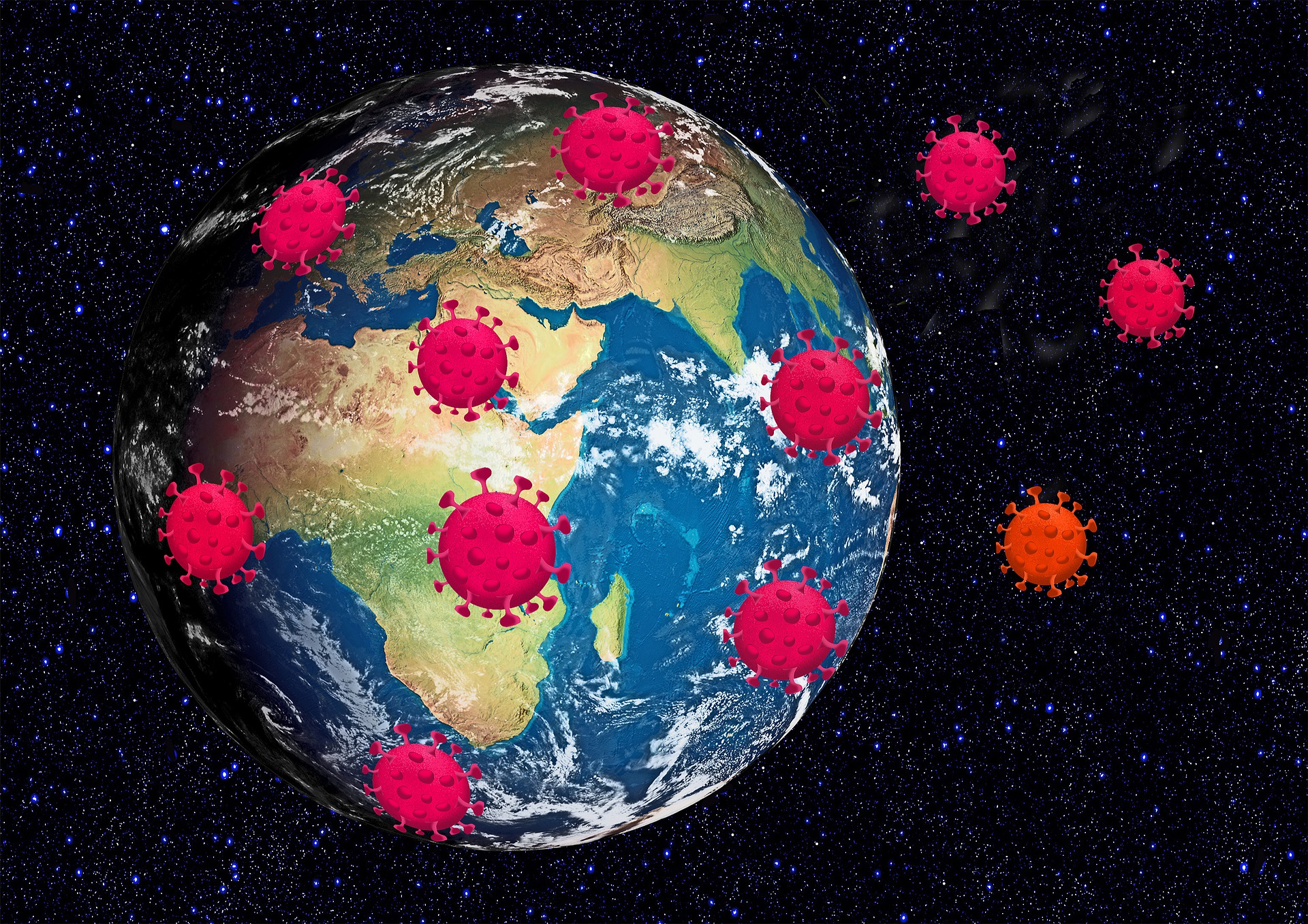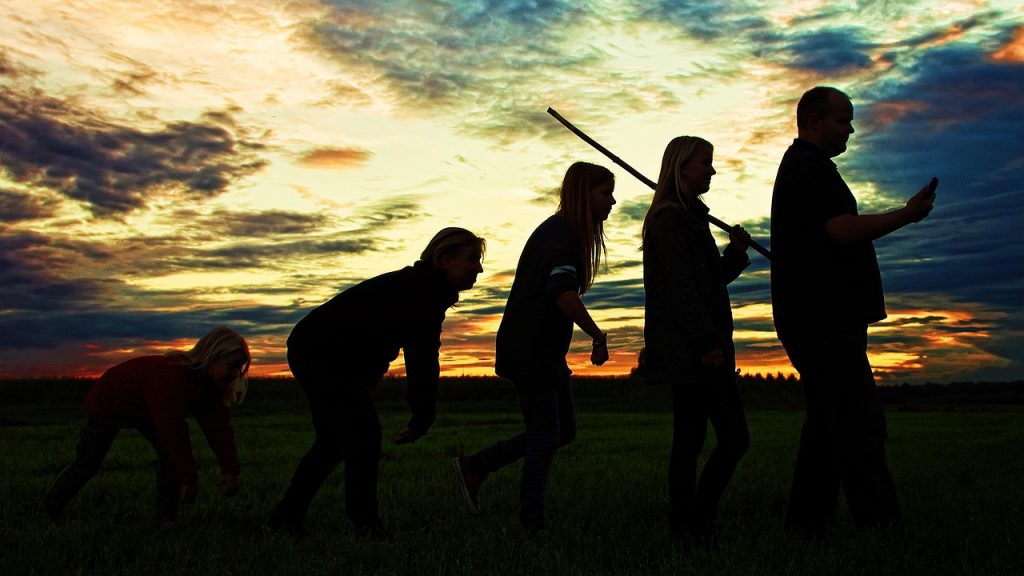According to the WHO and the United Nations (UN), humanity must prepare to fight “Disease X,” a pathology that could trigger a pandemic more deadly than the Covid 19 pandemic.
As the world slowly recovers from the Covid 19 pandemic, should we fear the emergence of a new disease? The health crisis has significantly impacted our lives and economy, but also, for example, how we recognize or treat conditions. According to WHO, the scenario we experienced with the new coronavirus (already another new variant) will repeat itself with an illness that could be even more deadly.
Disease X – a certainty
The Covid 19 pandemic was a disaster in many ways. But it also had something positive: it highlighted our inadequate pandemic preparedness. This a rather important revelation because a new disease is inevitable, according to WHO and the United Nations.
We don’t know it yet, and we don’t know if it will be more or less contagious than Covid-19, but it already has a name: Disease X. Richard Hatchett, director general of the Coalition for Epidemic Preparedness Innovations (CEPI), comments:
“The X in ‘Disease X’ represents everything we don’t know. It is a new disease that we will know very little about when it occurs: It may or may not be fatal, highly contagious and a threat to our way of life. We also don’t know when or how it will break through the viral barrier and infect people. On the other hand, we know that the following disease, X, will emerge and that we need to be prepared.
In plain English, it’s not a specific disease but a specific threat to anticipate. SARS-CoV-2, by the way, was identified as “Disease X” before it was named. But how can we prepare against a pathogen whose nature we do not know?
Preparing for the next pandemic
As its name suggests, Covid-19 was identified in 2019, but that doesn’t mean nothing was known about the virus when it began spreading internationally. “For several years before SARS-Cov-2 appeared, scientists were working on vaccines against MERS and SARS, pathogens that belong to the same family of viruses as COVID-19. What they learned enabled them to respond to the new virus with lightning speed and sets a record for vaccine development against COVID-19,” says CEPI’s director.
While the previous record for developing a vaccine, which side effects can also accompany, was five years before the health crisis, the first vaccine against the SARS-CoV-2 virus was created in 326 days. With proper preparation, that time could be reduced to 100 days.
“Combined with better surveillance to provide early detection and warning, and rapid and effective implementation of non-pharmaceutical measures, developing a vaccine within 100 days would give the world a chance to eliminate the threat of a future pandemic virus,” says Richard Hatchett.
An investment that pays off
Of course, it costs money to provide funding for research. But with the estimated cost of the health crisis expected to reach $26 trillion by the end of 2025, it could prove to be a strong return on investment:
Creating a vaccine library would mean developing 100 prototypes, so we would have a pool of knowledge to tackle almost any threat.
- source: gentside.de/picture: pixabay.com
This post has already been read 3796 times!



